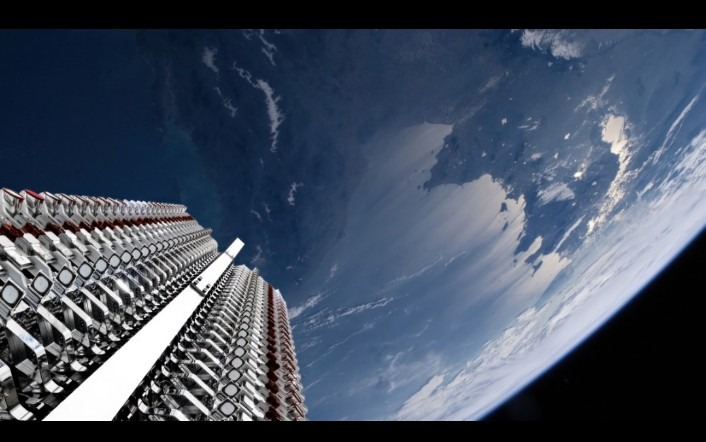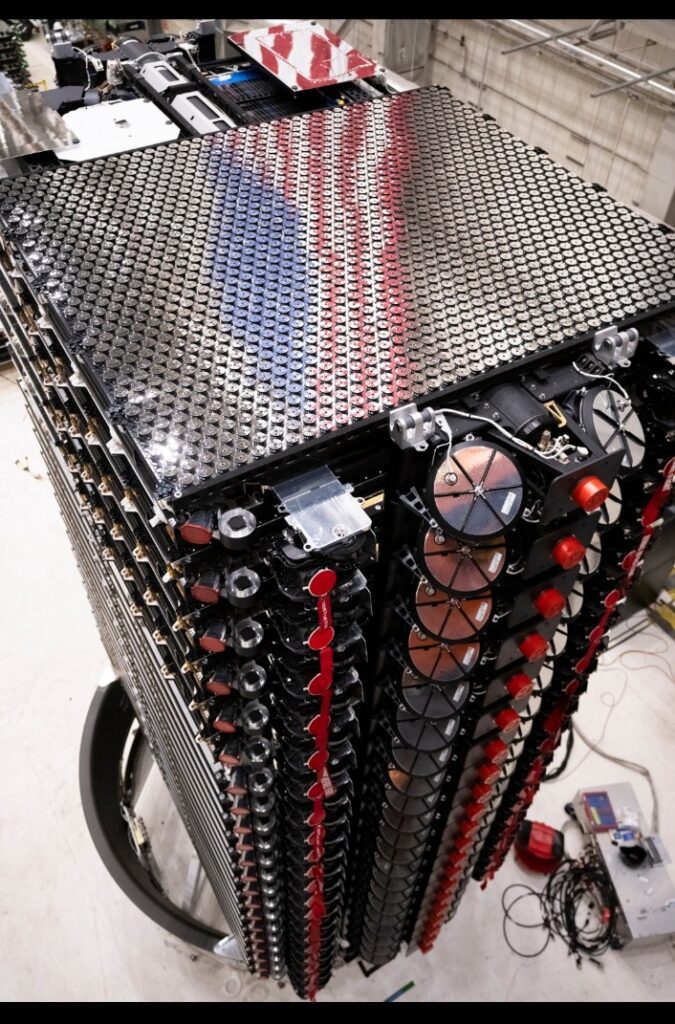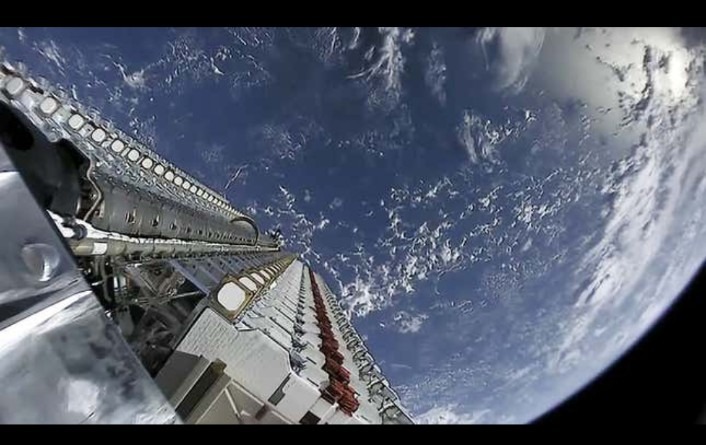
SpaceX has disclosed its intention to de-orbit 100 early-version 1 Starlink satellites due to the identification of a “common error” within this subset that could potentially elevate the risk of future malfunctions. While these satellites are currently operational and maneuverable, effectively catering to users’ needs, SpaceX is taking preemptive measures to ensure the safety and sustainability of space operations.
Thank you for reading this post, don't forget to subscribe!

The planned controlled descent for these satellites is estimated to take about six months for most of the vehicles, during which they will retain their maneuverability and collision avoidance capabilities. This decision aligns with SpaceX’s overarching commitment to space sustainability, as evidenced by the controlled de-orbits initiated for 406 satellites out of the nearly 6,000 Starlink satellites launched thus far.

SpaceX employs a controlled, propulsive descent strategy to de-orbit satellites, guiding them to lower altitudes where increased atmospheric drag induces their combustion in the Earth’s atmosphere.

This method is meticulously designed to guarantee that the satellites completely disintegrate upon re-entry, posing no threat to people or property on the ground. SpaceX’s proficiency in executing these controlled de-orbits in a low-altitude, high-drag environment is a testament to the substantial investment in specialized satellite engineering.

Despite SpaceX facing scrutiny and concerns regarding potential risks associated with re-entering satellites, the company has contested such claims. A report by the U.S. Federal Aviation Administration (FAA) suggested that components from re-entering Starlink satellites might pose risks to people on the ground and aviation. In response, SpaceX emphasized that its satellites are specifically engineered to fully burn up during atmospheric re-entry. The company highlighted that its satellites are designed for complete demise during end-of-life disposal, backed by extensive engineering analysis and operational experience.
The decision by SpaceX to de-orbit these 100 satellites is not anticipated to disrupt its broadband services. SpaceX has ambitious plans to deploy tens of thousands of Starlink satellites to establish global internet coverage, with the capability of launching over 200 Starlink satellites each month. The existing fleet comprises thousands of units operating at remarkably low altitudes for a communications network, facilitating a swifter natural de-orbiting process due to atmospheric drag.
This proactive initiative by SpaceX to de-orbit satellites, addressing identified issues, underscores the company’s dedication to upholding the safety and sustainability of space operations. It accentuates the complex challenges and responsibilities faced by operators of extensive satellite constellations in ensuring the enduring viability of space activities.
keywords SpaceX, Starlink satellites, satellite de-orbiting, space sustainability, controlled descent, atmospheric re-entry, satellite engineering, space operations, satellite constellation, Federal Aviation Administration (FAA), technology, space industry, broadband services, satellite disposal, space safety, technology news, aerospace, satellite malfunction, satellite management, satellite development, Elon Musk, global internet coverage.
